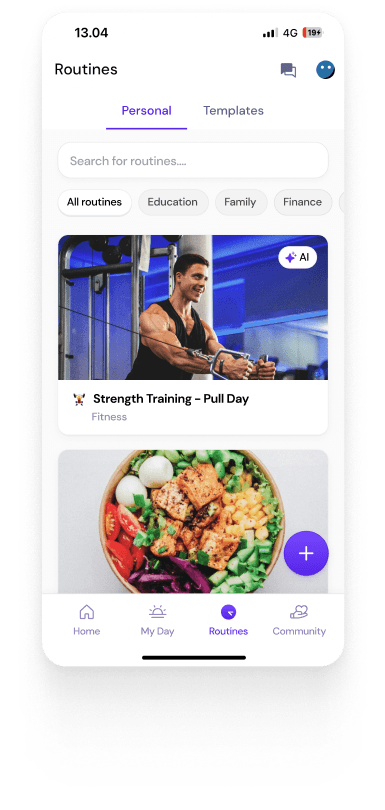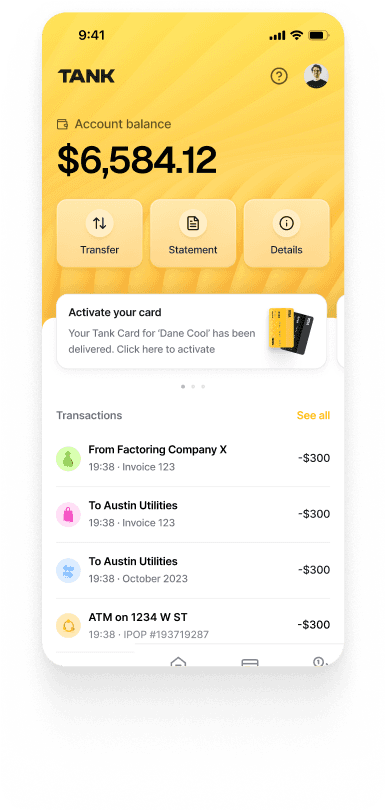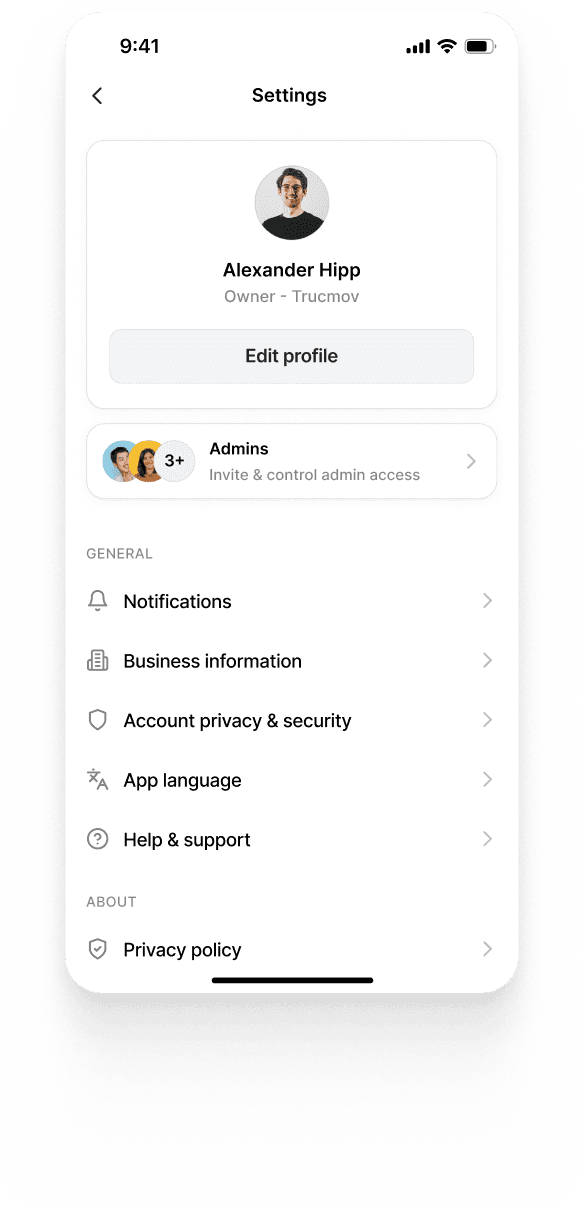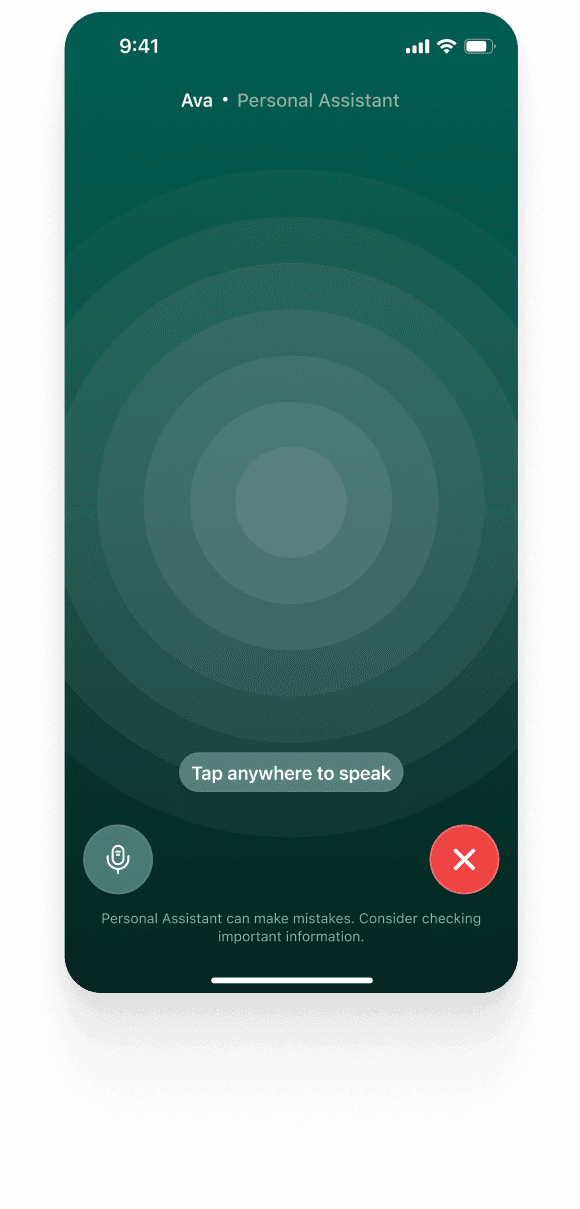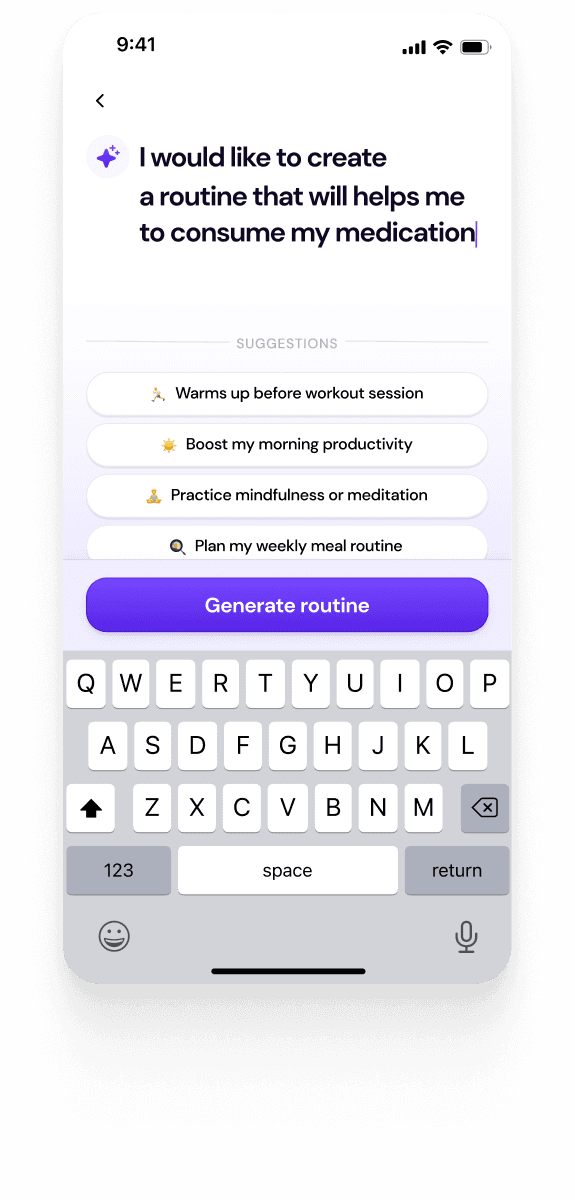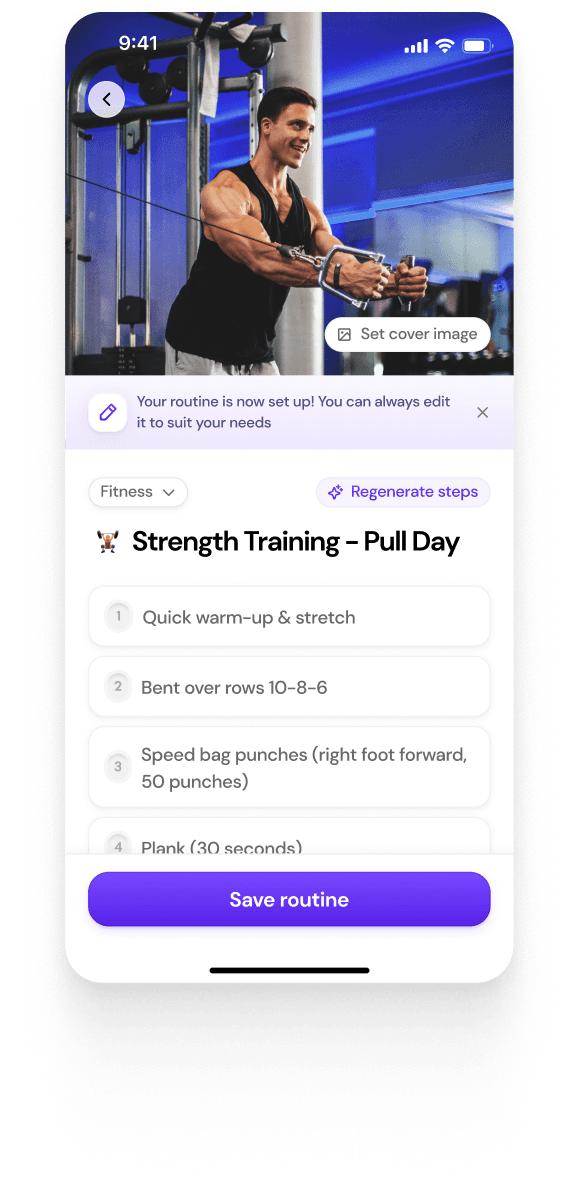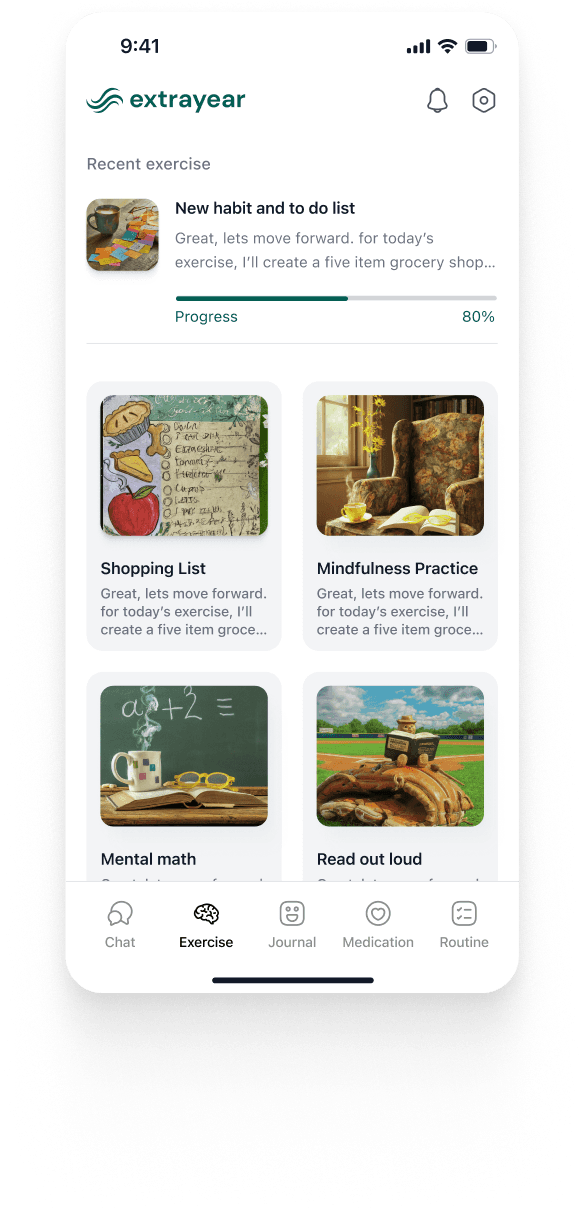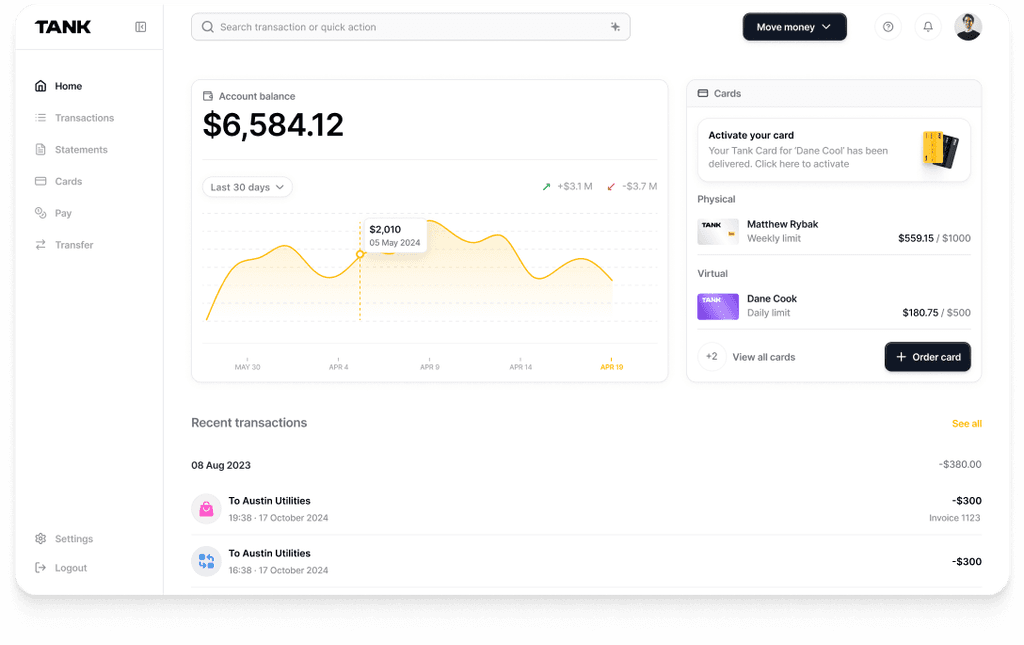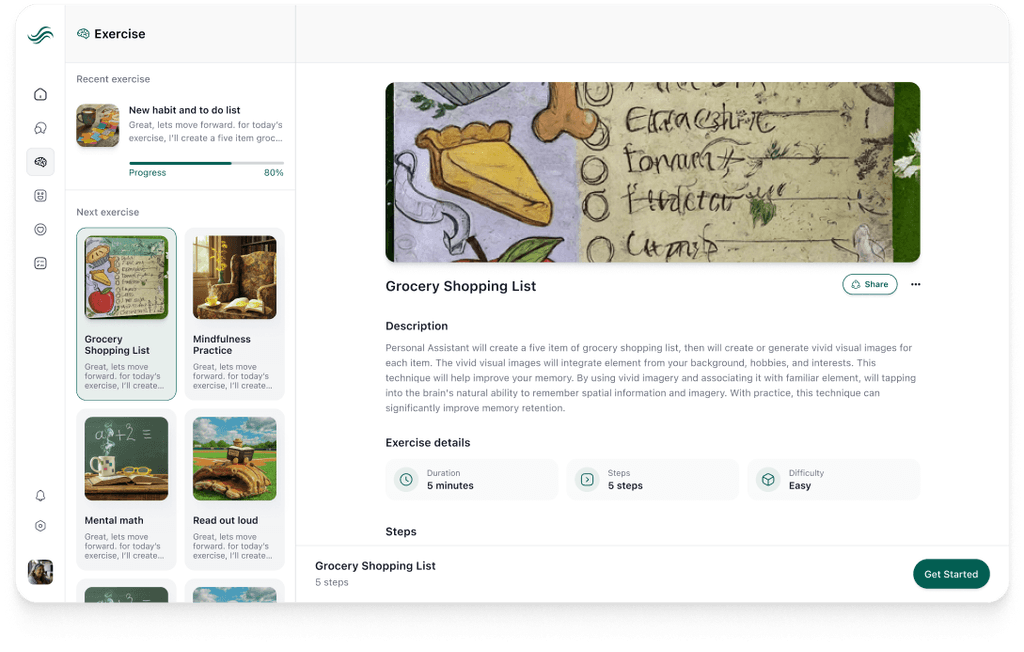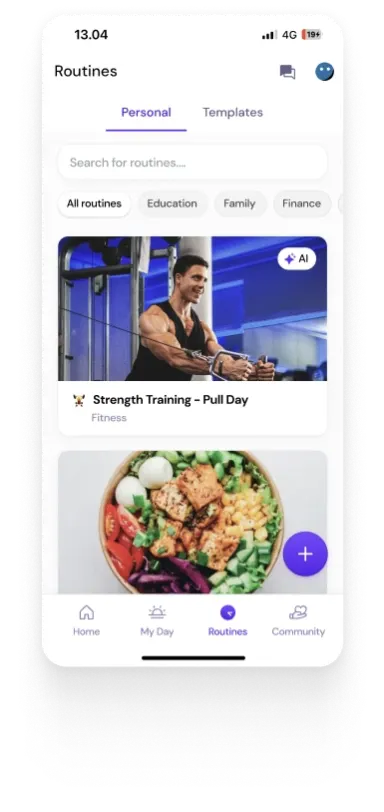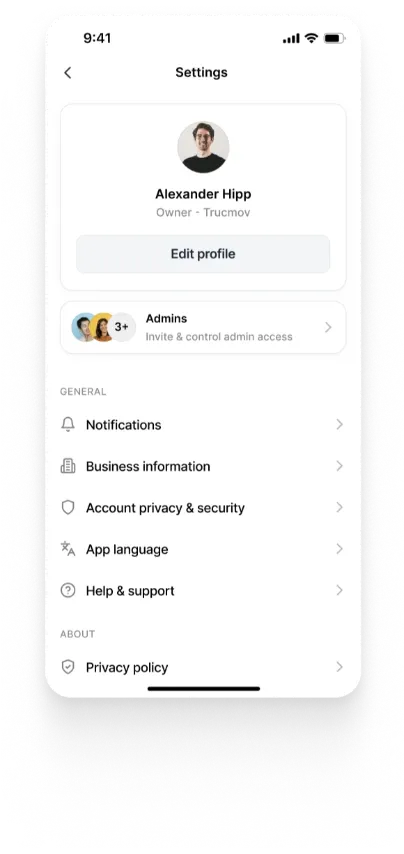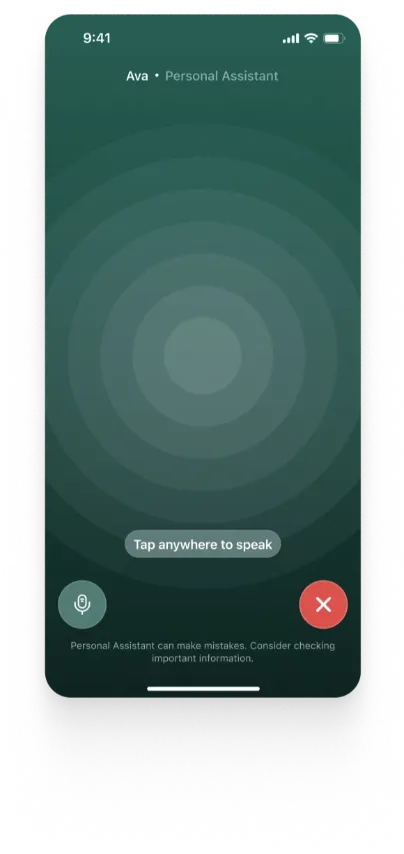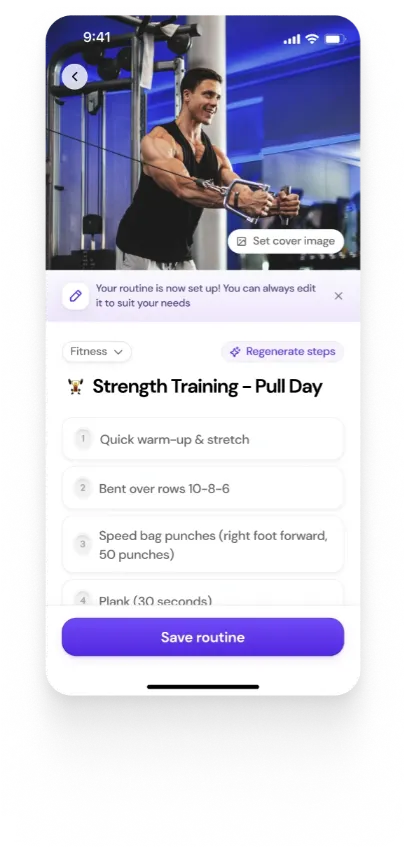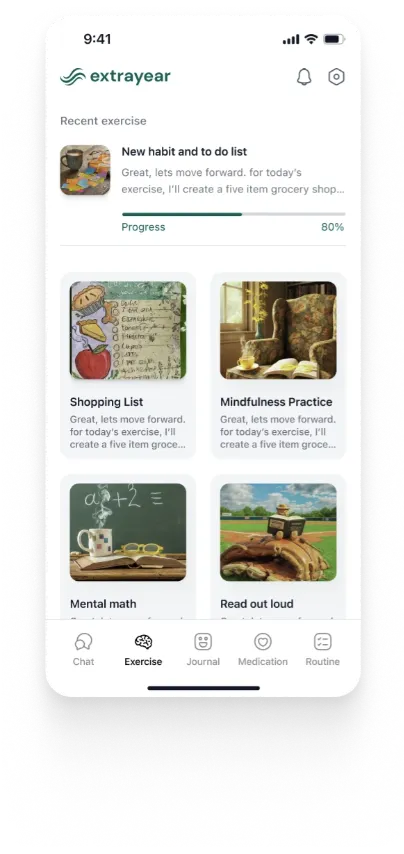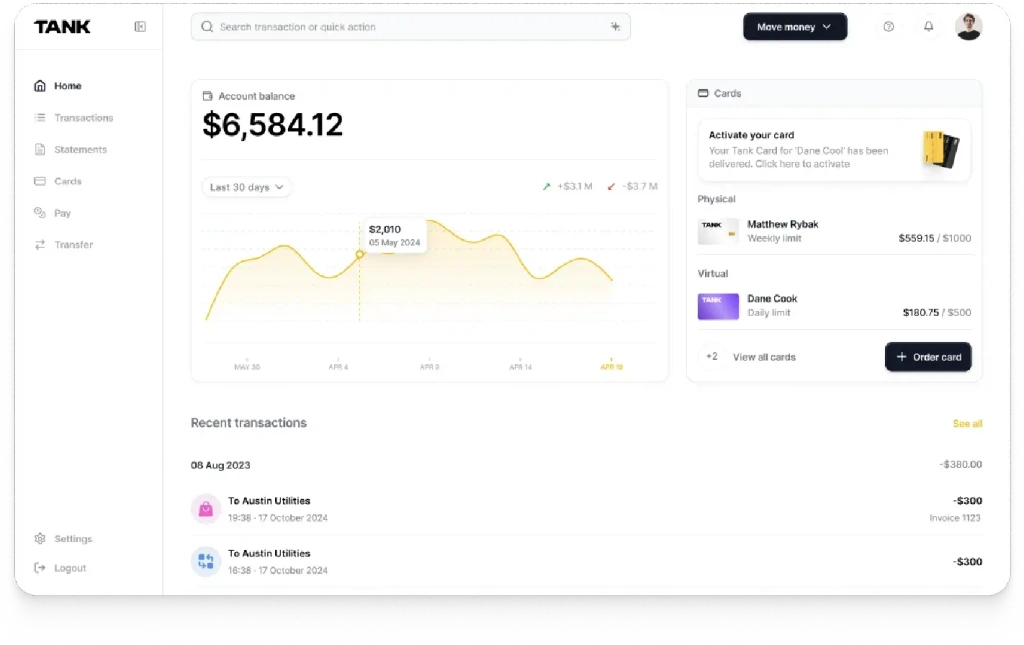Beyond No-Code: How Steve Automates Flutter Engineering for Real Teams
Mar 25, 2025
Summary
Steve redefines Flutter development by going beyond no-code—offering AI-powered engineering automation for real teams. It manages the entire lifecycle: contextual code generation, live previews, Firebase deployment, and detailed PR documentation. Built on Flutter and Firebase, Steve combines scalability, collaboration, and AI intelligence to streamline app building from concept to production.
Key insights:
Beyond No-Code: Steve fuses no-code simplicity with production-grade engineering, ideal for both startups and enterprise teams.
Persistent Code Memory: A self-updating “code bible” allows Steve to generate and modify code with full project context.
End-to-End Automation: Steve automates everything—repo setup, error fixing, builds, deployment, and documentation.
AI PRs and Performance Scoring: Structured pull requests and code health tracking bring professional standards to automated workflows.
Conversational UI for All Roles: Anyone can contribute to development through natural language, making engineering inclusive and collaborative.
Real-World Ready: Integrated with Flutter, Firebase, and GitHub, Steve supports real workflows—not just prototypes.
Introduction
The promise of no-code platforms has long been the democratization of app development—empowering non-developers to build software without writing a line of code. But for real-world engineering teams, where reliability, scalability, and maintainability are non-negotiable, traditional no-code solutions often fall short. They may accelerate prototyping but rarely scale to production standards.
Enter Steve: the first AI Operating System that features Vibe Studio, which aims to not just to reduce code, but to rethink the software engineering lifecycle itself. Steve goes beyond no-code by offering intelligent automation, contextual engineering, and conversational workflows—all underpinned by the power of Flutter and Firebase.
This insight explores how Steve automates Flutter engineering for real teams, bridging the gap between idea and execution. We will examine how Steve's Vibe Studio, powered by Claude 3.7 Sonnet and GPT-4, radically streamlines the development pipeline. From contextual memory systems and automated build pipelines to advanced pull request documentation and performance evaluation, Steve transforms app development from a manual, error-prone effort into a fluid, AI-accelerated experience. This is not just a tool for hobbyists—Steve is an engineering partner built for scale.
The Rise of AI-First Engineering: Beyond No-Code Simplicity
No-code tools like Webflow or Glide are powerful in their own right, especially for solo founders and quick MVPs. But when development complexity increases—multiple screens, real-time updates, third-party APIs, CI/CD pipelines—no-code often becomes a ceiling rather than a springboard. Steve tackles this limitation by retaining the accessibility of no-code while embedding professional-grade engineering systems under the hood.
Steve’s use of Flutter, a mature cross-platform UI toolkit, ensures that apps are not just fast to build but also performant and scalable across platforms. Its default backend, Firebase, provides integrated authentication, hosting, and database management—eliminating the need for custom backend engineering while still supporting advanced functionality. This foundational architecture allows Steve to support both beginner creators and enterprise-level engineering teams.
The platform’s layered design means users can initiate a project with a simple prompt and evolve it through iterative AI-assisted engineering, without ever losing technical control. The result is not a static build but a living app that adapts to new requirements, user feedback, and changing business logic—automatically.
Vibe Studio: The Core Engine Behind Steve’s Flutter Automation
At the heart of Steve’s capability is its Vibe Studio. This system is not a traditional code generator. Instead, it represents a fully integrated, intelligent engineering partner that manages entire development lifecycles—from initial project scaffolding to deployment and documentation.
1. Code Memory
The Assistant’s most distinguishing feature is its persistent memory system. It creates and updates a “code bible”—a comprehensive representation of the app's structure, logic, and files. This allows it to understand the entire codebase contextually, making each new code generation not just accurate, but aligned with existing architecture. Unlike conventional AI tools that operate on a per-request basis, Steve remembers what has already been built and adapts accordingly.
2. Dual-Model Redundancy for Reliability
Steve employs Claude 3.7 Sonnet as its primary LLM, with GPT-4 as a fallback. This multi-model architecture ensures consistent performance even during high demand or rate limit spikes. It also enables comparative model testing, allowing Steve to continuously refine its outputs based on observed performance metrics.
Iterative App Building: From Prompt to Production
Steve’s app builder workflow exemplifies how automation and human control can coexist. The process begins with repository initialization, automatically creating a private GitHub repo, scaffolding files, and configuring directories. This allows the AI to operate within the same environment used by professional teams.
When users request a modification—whether through prompt or conversation—Steve creates a feature branch, initiates a pull request, and begins a build loop. Users can preview the output live through a hosted URL, interact with the AI to refine further, and only finalize changes when satisfied.
This preview-first approach de-risks development. Rather than pushing code blindly, teams can review UI updates, logic changes, and dependency modifications in real-time.
Automated Code Refinement: From Change Requests to Zero Errors
Steve's change request pipeline mirrors real-world engineering practices but eliminates their friction. Upon receiving a user prompt—like “Add dark mode” or “Support Google login”—the system executes a six-phase automation workflow.
1. File Analysis
Steve first determines which files require modification by analyzing both the user request and dependency trees. This ensures comprehensive updates across UI, logic, and themes, reducing the risk of regressions.
2. Code Generation and Validation
Using pre-trained templates and structured prompt engineering, Steve generates new code. A validation loop checks that all necessary files were created, auto-correcting missing components before continuing.
3. Code Formatting and Sync
Next, Steve formats all Dart files using dart format, enforces code style rules, and syncs the Interface Document—the internal map of all components—to reflect the new state of the codebase.
4. Dependency Resolution and Static Analysis
Steve performs dependency installation via flutter pub get, initiates code generation (dart run build_runner), and conducts static analysis through the Dart Analyzer. Any errors trigger a retry loop that intelligently fixes problems one file at a time, tracking error deltas and minimizing cascading failures.
5. Build and Firebase Deployment
Once the code passes validation, Steve builds the project for the web, producing an optimized static bundle. Firebase Hosting is automatically configured and linked, making the app publicly accessible within minutes. This seamless CI/CD process abstracts complexity without sacrificing transparency.
6. AI-Powered PR Documentation
Before a pull request is finalized, Steve generates a fully structured PR document. It includes an action-oriented title, a detailed changelog, architectural notes, testing status, impact analysis, and links to the live preview. This system not only saves time but enforces a standard of documentation often missing in manual workflows.
Performance Evaluation: Measuring What Matters
Code generation at scale only works if quality is consistent. Steve incorporates a performance evaluation framework that scores builds on multiple axes: complexity, error reduction, stability, and time-to-completion.
Each build receives a complexity baseline derived from code density, architectural depth, and method count. When changes are introduced, the system tracks raw error count, complexity-weighted error scores, and the efficiency of resolution loops.
By comparing before-and-after states, Steve can quantify not just whether code “works” but whether it improves the system overall. This is particularly useful for teams managing technical debt or refactoring legacy code. Steve does not just automate—it evaluates and evolves.
Conversational UI: Engineering in Dialogue
Steve’s conversational UI transforms how developers and non-technical users alike interact with software creation. Rather than filling out complex forms or navigating dropdown-heavy editors, users simply describe their goals. The assistant interprets this input, factors in project history, and returns actionable code changes.
This dialog-driven development experience is powered by an asynchronous, memory-aware architecture. All messages are summarized and stored in a persistent storage system, ensuring continuity and reducing redundancy. Conversations are templated in XML for clarity and parsed into JSON for processing—enabling both natural language interaction and strict structural precision.
In practical terms, this means a product manager can say, “Add onboarding screens with three slides and a ‘Get Started’ button,” and receive a live preview within minutes—no tickets, no dependencies, no delay.
Steve in the Real World: A New Standard for AI Flutter App Development
While many platforms claim to assist development, few are ready for real teams. Steve’s full-stack integration—from Flutter UI to Firebase backend, GitHub versioning to live deployment—makes it uniquely capable of delivering production-grade applications with minimal overhead.
In startup environments, Steve acts as a force multiplier, handling everything from UI scaffolding to backend configuration so teams can focus on innovation. For enterprise developers, it introduces AI into existing DevOps pipelines, accelerating delivery while preserving process rigor.
And for hybrid teams, where designers, engineers, and stakeholders must collaborate seamlessly, Steve provides a shared canvas where conversation becomes code.
Conclusion
Steve is not merely a step beyond no-code—it is a paradigm shift in software engineering. By embedding AI into every phase of the Flutter development lifecycle, Steve transforms app building from a manual process into an intelligent, iterative conversation. Its contextual memory, conversational interface, automated deployment pipeline, and performance evaluation systems combine to deliver engineering excellence at scale.
For teams seeking to build Flutter apps with AI—not just generate templates, but craft reliable, scalable, and user-friendly products—Steve is the first platform that makes that possible out of the box. It does not just accelerate development; it redefines what development means in an AI-powered era.
As the boundaries between idea, implementation, and iteration continue to collapse, Steve stands at the frontier—ready to automate the future of engineering, one conversation at a time.
Go Beyond No-Code—Engineer with Steve
Tired of hitting limits with no-code tools? Steve's Vibe Studio is your AI engineering partner for real Flutter apps. From repo creation to live Firebase deployment, Steve automates everything while keeping you in control. Build smarter, scale faster, and code less—with Steve.










